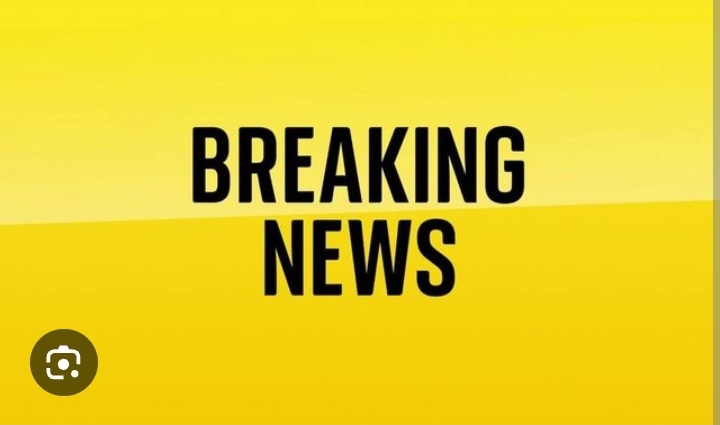
Manchester United’s Striker Dilemma: The Search for a Clinical Finisher
Manchester United’s prolonged search for a new centre forward highlights one of the most persistent challenges facing the club in their rebuild efforts. Despite an entire summer transfer window dedicated to addressing this crucial position, the Red Devils find themselves entering the new season with familiar uncertainties in their attacking third.
The Persistent Gap in Attack
The striker position has become Manchester United’s most glaring weakness, creating a void that has hampered their ability to compete at the highest level. While other areas of the squad have seen gradual improvement, the lack of a reliable goal scorer continues to undermine their tactical effectiveness and results on the pitch.
This deficiency becomes particularly pronounced when examining United’s conversion rates and overall attacking output. Without a proven finisher capable of consistently finding the net, the team often struggles to capitalize on promising build-up play and creative opportunities. The absence of a clinical presence in the box has forced other players to shoulder additional scoring responsibilities, often disrupting the natural balance of the team.
The search for a new talisman reflects deeper strategic questions about United’s identity and playing style. A world-class striker doesn’t merely provide goals; they offer a focal point for attacks, create space for teammates, and provide the psychological advantage that comes with having a proven match-winner in the squad.
Rasmus Hojlund’s Developmental Journey
Rasmus Hojlund’s situation encapsulates the broader challenges facing Manchester United’s attacking strategy. Since Ruben Amorim’s appointment, the Danish striker has been entrusted with the primary responsibility of leading the line, yet his performances have fallen short of the expectations placed upon him.
The pressure on Hojlund represents more than just individual struggles; it reflects the club’s broader issue with player development and tactical integration. Young strikers typically require time, patience, and appropriate support systems to reach their potential. However, United’s current circumstances demand immediate results, creating an environment where developmental patience conflicts with competitive necessity.
Hojlund’s inconsistency raises questions about whether United’s approach to striker development aligns with their immediate competitive needs. The club must balance their long-term investment in young talent with the pressing requirement for proven goal scorers who can deliver results in crucial moments.
The Transfer Market Realities
United’s unsuccessful summer pursuit of striking options reveals the complexities of modern transfer negotiations. The club’s financial constraints, combined with inflated market valuations for proven goal scorers, have created a challenging environment for completing high-profile acquisitions.
Elite strikers command premium fees, and clubs are increasingly reluctant to sell their most valuable assets. This market reality forces United to explore alternative strategies, including developing existing players or identifying undervalued talents who might flourish in their system.
The numerous names linked with moves to Old Trafford demonstrate the club’s extensive scouting network and ambition, but also highlight the gap between aspiration and execution. Transfer success requires not only identifying suitable targets but also successfully negotiating complex deals in an increasingly competitive marketplace.
Tactical Adaptations and Alternative Solutions
Amorim’s tactical flexibility may offer temporary solutions to United’s striker shortage. Modern football increasingly emphasizes fluid attacking systems where multiple players contribute goals rather t

Leave a Reply